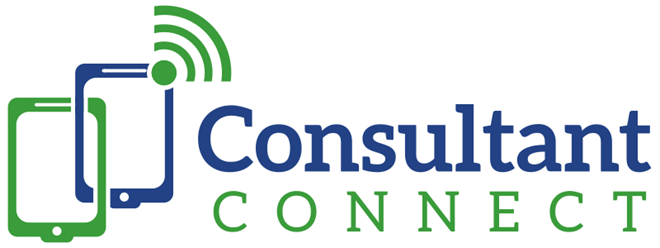Implementing a new digital primary to secondary care referral pathway: lessons from the Leeds teledermatology project
- Put information governance front and centre. “When we went out to procure the equipment and software, there were a lot of considerations around IG requirements,” reports Helen Ryan, Macmillan early diagnosis project lead at the Leeds Cancer Programme.
In association with

Ultimately the decision was taken to use software from Consultant Connect to power the pathway, a choice driven in large part by security says Rob Eastham. “They clearly take security seriously, and it was reassuring to know that when you take a photo it is no longer there on the device once you have taken that photo,” says the practising GP and clinical lead for planned care (digital) at Leeds Clinical Commissioning Group. “From an IG perspective, it did tick those boxes.”
-
Make sure the process works from both sides. “If you’re a GP and you have to spend two or three minutes inputting, for example, numerous patient demographics into a piece of software, that is the death of the process,” argues Dr Eastham. “The combination of software and hardware has to lead to the perception in the user group that it’s not adding significantly to our workload.” Dr Hussain concurs. “Obviously the system only works when it’s working for primary care as well as for secondary care.”
-
Don’t forget the administrative side of things. “You need to ensure you’ve got all of the admin support and that all of your systems can support the referrals,” suggests Camelia Khoshehchin, business manager for dermatology at Leeds Teaching Hospitals. “You need people who understand the importance of all the small parts, such as uploading referrals in a timely manner to avoid bottlenecks.”
-
Get all relevant parties engaged. “The best part about this whole pathway is the fact that there are so many different people involved,” argues Ms Khoshehchin. “There’s people from management, there’s obviously the consultant and clinical bodies, there are representation from the CCG, from our referral and booking service, informatics, and we’re all coming together to deliver the same thing, to achieve the same goal.” Adds Dr Hussain: “For the first time in my clinical career, I’ve seen a pathway implemented where it’s really involved a multiteam approach, and the transition from primary to secondary care has been very smooth. And it’s all been based on the premise of open communication. That’s been really satisfying to see.”
Harnessing teledermatology to improve cancer care in Leeds
- 1
- 2Currently reading
Freeing up capacity and improving patient care: lessons from Leeds
- 3




























